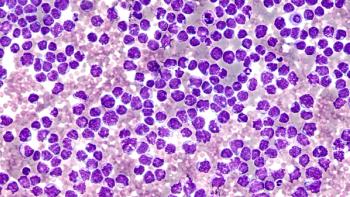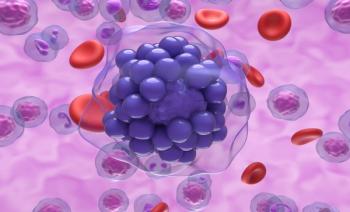
Dr John Winkelman Discusses Which Populations Are Most At Risk for Restless Leg Syndrome
While prevalence of restless leg syndrome (RLS) increases with age, some kids may have it while presenting symptoms of growing pains, explained John Winkelman, MD, PhD, medical director, sleep disorders clinical research program, Massachusetts General Hospital.
John Winkelman, MD, PhD, medical director, sleep disorders clinical research program, Massachusetts General Hospital, discusses risk factors for restless leg syndrome (RLS) and the importance of awareness of the condition.
Transcript
Are there certain populations that are most affected by RLS?
Restless leg syndrome has strong genetic components, so as a result, there's going to be certain populations that are more vulnerable to RLS than others. Women have about twice the risk of men; Northern European populations have a much higher prevalence of restless leg syndrome than other populations.
Restless leg syndrome is much more prevalent with age. Young children do get it, so probably 0.5% of children will have restless leg syndrome. They'll commonly present with symptoms of growing pains, which are probably restless leg syndrome. But it's much more common as people get older. It's also more common in certain specific populations: pregnant women, individuals with renal failure who are on dialysis, and people with iron deficiency. Those populations, they're [at] much higher prevalence of RLS than in the general population, probably all connected through iron deficiency, but not systemic iron deficiency, but brain iron deficiency.
What should patients look out for in order to get an earlier RLS diagnosis?
Awareness of restless leg syndrome has significantly increased over the last 25 years. So at this point, many individuals have heard of restless leg syndrome, most doctors know what this is. So awareness is the number 1 thing, not just saying, "Well, this is just how I am, I can't sleep, I have to walk around, I have these uncomfortable feelings in my legs; mom had it, grandma had it, this is just our family." This has to be recognized as a medical disorder. This is a neurological disorder. So awareness is going to be number 1.
I think in kids, growing pains should be high suspicion to restless leg syndrome, and in populations who are at increased risk. Menstruating women [who experience] heavy periods, frequent periods, losing blood, and maybe who are vegetarian [with] low iron, low brain iron, they're going to be more at risk. If you're in a high-risk population, just thinking of the diagnosis—the secret in medicine that we were taught very early is if you don't think of the diagnosis, you can't make the diagnosis. If you don't know of the diagnosis, you can't think of it, so just increasing awareness is the number 1 thing.
Newsletter
Stay ahead of policy, cost, and value—subscribe to AJMC for expert insights at the intersection of clinical care and health economics.













































